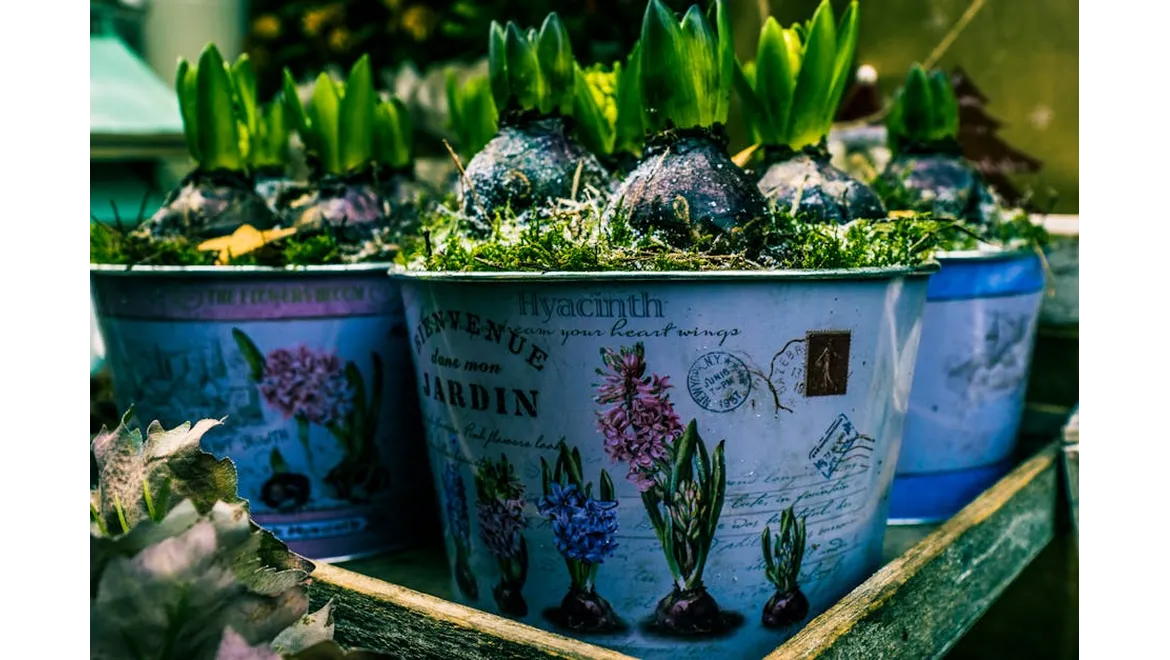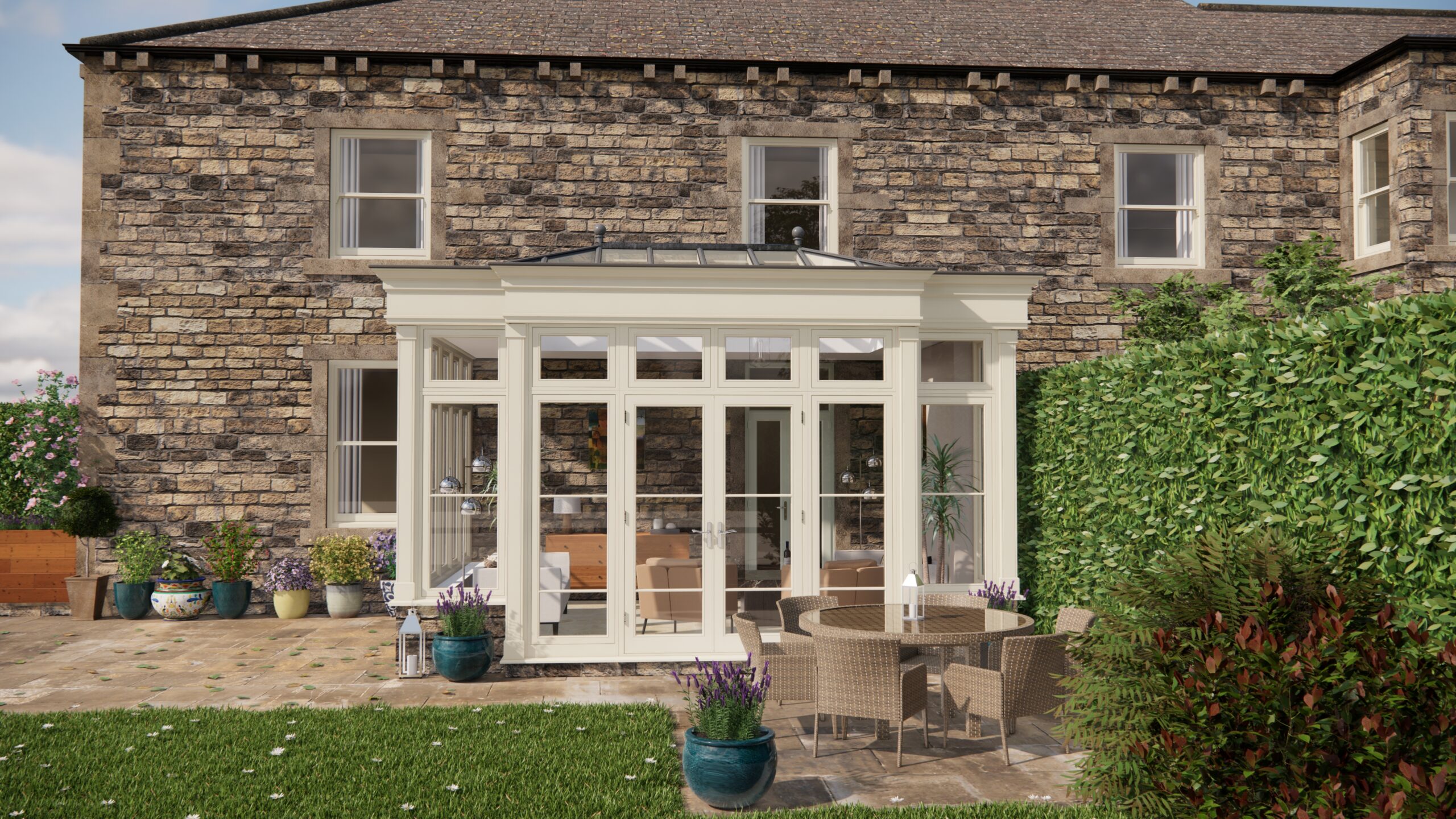Right, let’s talk container gardening! I bumped into Natasha the other day, a keen gardener I know, and we got chatting about her stunning patio display. I’ve always admired her vibrant containers bursting with colour, so I thought I’d pick her brains about her secrets. Turns out, it’s not just about the plants; it’s all about the potting mix! And since I was thinking about putting a feature on container gardening in the blog, it seemed like the perfect opportunity to get some inside knowledge.
“So, Natasha,” I began, “What’s your go-to potting mix?” She laughed, “Go-to? Oh honey, there’s no such thing! It depends entirely on what I’m planting.” That’s when I realised this wasn’t going to be a simple ‘use this and all is well’ kind of conversation.
Compost Choices: Multi-Purpose, Peat-Free, and Ericaceous
Natasha explained that she uses a variety of composts, each suited to different plants. Multi-purpose compost, she said, is great for general use, especially for annuals and quick-growing vegetables. “It’s readily available and relatively inexpensive,” she pointed out. However, she’s made the switch to peat-free alternatives where possible. “Peat bogs are vital carbon sinks, so using peat-free is a small but important way to help the environment.” There are now some excellent peat-free options, but she warned to read the labels carefully, as some can be a bit inconsistent in quality.
Then, there’s ericaceous compost. This is specifically for acid-loving plants like rhododendrons, azaleas, and blueberries. “Trying to grow a blueberry in regular compost is a recipe for disaster,” she chuckled. “They just won’t thrive without that acidity.” It’s important to only use ericaceous compost for acid-loving plants, as it’s too acidic for most others.
Drainage and Aeration: The Unsung Heroes
“Okay, so compost is important,” I said, “but what about drainage? I always seem to overwater my containers!” Natasha nodded sympathetically. “Drainage is crucial! Soggy soil leads to root rot, which is the bane of any container gardener’s existence.” She swears by adding drainage material to the bottom of her pots, such as broken crocks or gravel. I’ve tried this myself but I do find it adds a lot of weight to the container.
But more importantly, she amends her potting mix to improve both drainage and aeration. “Perlite is my best friend,” she declared. “It’s volcanic glass that’s been heated and expanded, making it lightweight and porous. Mix it into your compost to improve drainage and prevent compaction.” Vermiculite, another amendment, retains moisture while also improving aeration. She uses vermiculite more for plants that like a consistently moist soil. It is important not to get Perlite mixed up with Vermiculite as they are both different volcanic rocks and Vermiculite retains water while Perlite allows aeration.
To improve the aeration of potting mix;
- Gather your materials: Potting mix, perlite or vermiculite. Choose either perlite for drier conditions or vermiculite for moisture-retentive needs.
- Combine the ingredients: In a large tub or on a clean surface, mix the potting mix with perlite or vermiculite. A good starting ratio is about 1 part perlite/vermiculite to 3 parts potting mix. Adjust as necessary based on plant needs. For succulents, you may want a higher ratio of perlite. For moisture-loving plants, slightly increase the vermiculite.
- Mix thoroughly: Ensure the perlite or vermiculite is evenly distributed throughout the potting mix.
- Use the amended mix: Fill your containers with the prepared mix and proceed with planting as usual.
DIY Potting Mix Recipes: Tailored for Success
This is where things got really interesting. Natasha shared a few of her go-to DIY potting mix recipes:
- For Herbs: She mixes equal parts multi-purpose compost, sharp sand, and perlite. “Herbs like well-drained soil, so the sand and perlite are essential.” The sand is builders sand which is added to compost to improve the draining properties of the soil.
- For Vegetables: A mix of equal parts multi-purpose compost, well-rotted manure, and vermiculite. “Vegetables are hungry feeders, so the manure provides extra nutrients. The vermiculite helps retain moisture, which is crucial for things like tomatoes and courgettes.”
- For Acid-Loving Shrubs: Equal parts ericaceous compost, peat-free compost, and pine bark chips. “The pine bark chips improve drainage and provide a slightly acidic environment.” These can be bought from most garden centres and online from various vendors.
I was scribbling notes furiously at this point! It was so insightful to hear about her specific recipes and the reasoning behind them. It’s also worth noting that using a potting mix with the right level of nutrients and drainage helps you to keep your plants in tip top condition.
She also added that it is worth mulching the topsoil of the plants as this helps to retain nutrients within the soil, this is even more important when the plant is in a container as nutrients can drain out.
Container Gardening and the Orangery
I mentioned that I was planning a piece that also highlighted how an orangery enhances garden enjoyment, and she was immediately enthusiastic. “An orangery is the perfect transition space between the garden and the house,” she said. “You can start seedlings in there in early spring, protect tender plants over winter, and even grow Mediterranean plants that wouldn’t survive outdoors year-round.” She uses her orangery to overwinter her favourite potted fuchsias and pelargoniums, giving them a head start in the spring.
So, there you have it – a glimpse into Natasha’s container gardening wisdom. The key takeaways? Choose the right compost for your plants, prioritise drainage and aeration with amendments like perlite and vermiculite, and consider making your own potting mixes tailored to specific needs. Oh, and if you have an orangery, make the most of it! It’s a container gardener’s dream.


